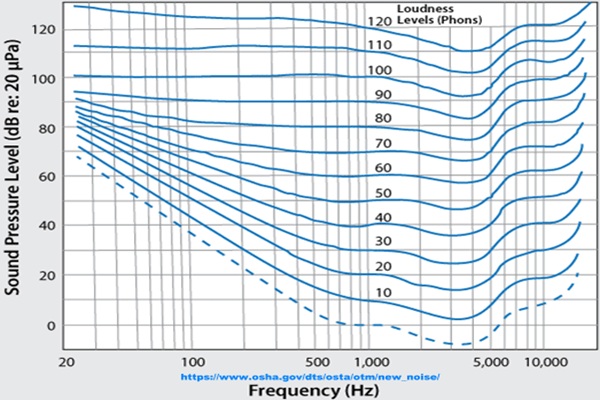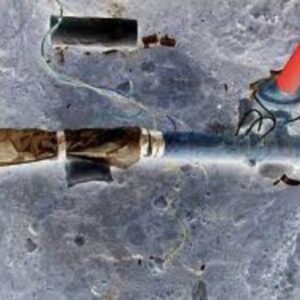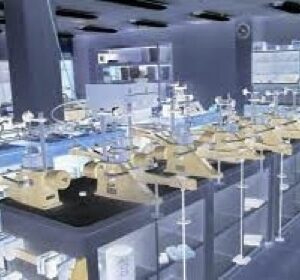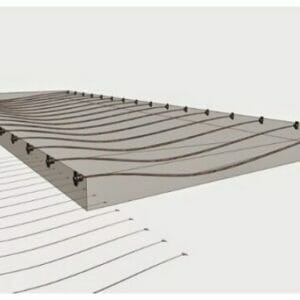TP – 1283 An Introduction to Sound Level Data for Mechanical and Electrical Equipment for Professional Engineers
$4.99
Description
This technical paper presents hydraulic design theory, available experimental data and coefficients, and discussions of analysis and problems related to spillway design. Generally, the presentations assume that the design engineer is acquainted with the hydraulic theories involved in uniform flow, gradually and rapidly varied flow, steady and unsteady flow, energy and momentum principles, and other aspects such as energy losses, cavitation, etc., related to hydraulic design. This manual is presented as guidance in the application of textbook material and as additional information not readily available in general reference material. The application of the theory of flow through spillways is based largely upon empirical coefficients, so the designer should deal with maximum and minimum values as well as averages, depending upon the design objective. To be conservative, the designer should generally use maximum loss factors in computing discharge capacity, and minimum loss factors in computing velocities for the design of energy dissipators. As more model and prototype data become available, the range between maximum and minimum coefficients used in design should be narrowed.






